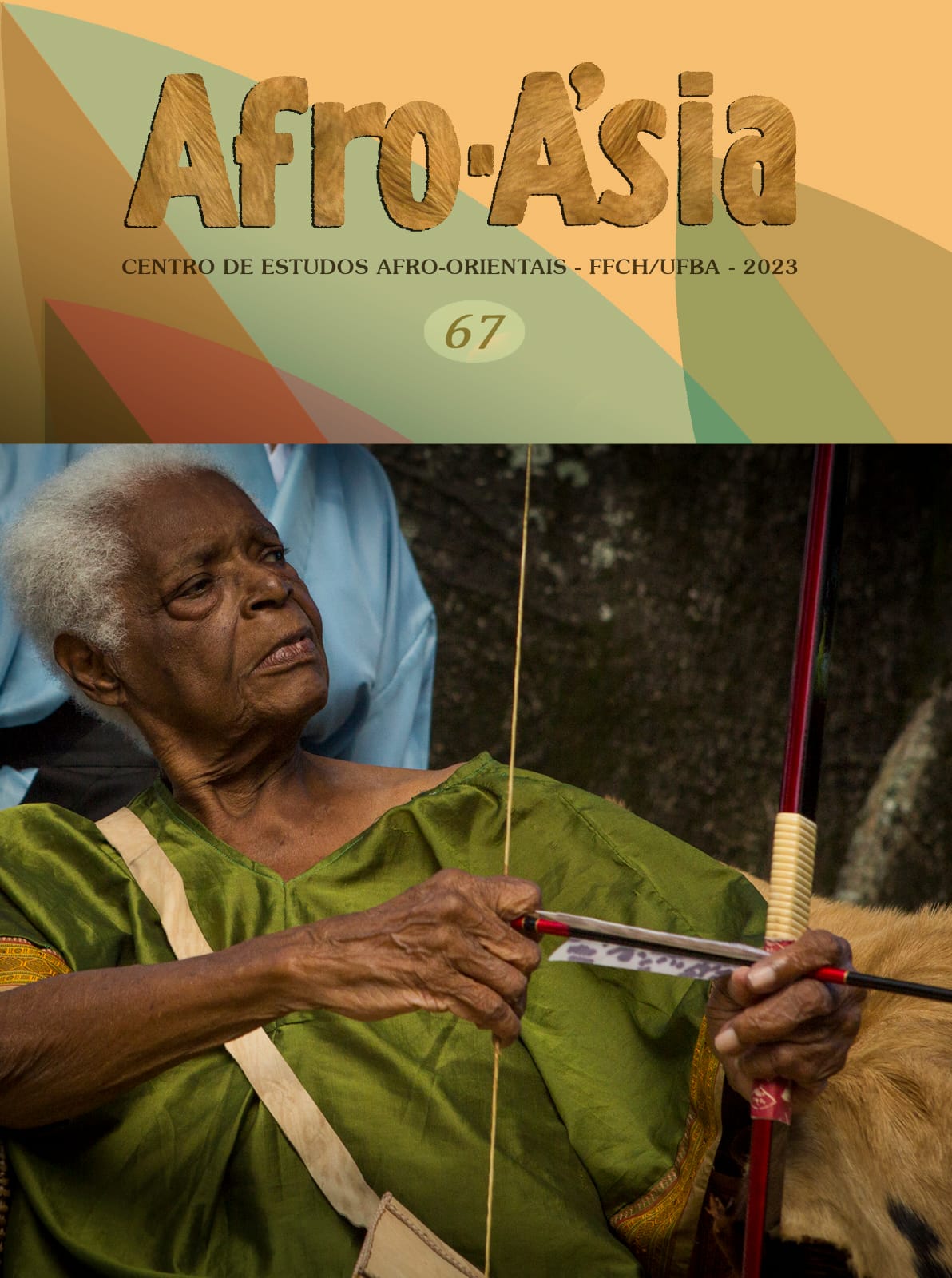Slavery and Freedom in Nineteenth-Century Western São Paulo
“where still the supplicant suffers slavery”
DOI:
https://doi.org/10.9771/aa.v0i67.51701Keywords:
Enslaved people, Freedom, LawAbstract
Ribeirão Preto, a municipality in western São Paulo, came to economic importance in the Brazilian Empire at a time when Brazil was producing more than half of the world’s coffee. Large coffee producers, such as Martinho Prado Júnior, made a fortune in that region, where much of the workforce consisted of migrants, immigrants and enslaved people (the latter coming from different parts of Brazil, especially the northern provinces). From 1883 onwards, Riberão Preto grew, as a result of the construction of the Mogiana Company’s railway, which transported a significant amount of coffee. Two years before the railroad was built, a conflict involving the freedwoman Dorothea and her former master, Antônio Beraldo d’Azevedo, took place in that region. What does this conflict still have to teach us today about the influence of the Free Womb Law on legal procedures and the struggle for freedom in the final years of slavery in Brazil? That is the subject of this article.
Downloads
Downloads
Published
How to Cite
Issue
Section
License
Copyright (c) 2023 Maria de Fátima Novaes Pires

This work is licensed under a Creative Commons Attribution 4.0 International License.
You are entitled to freely share, adapt and use the work herein published for any legitimate purpose as long as authorship and the original source are acknowledged.




